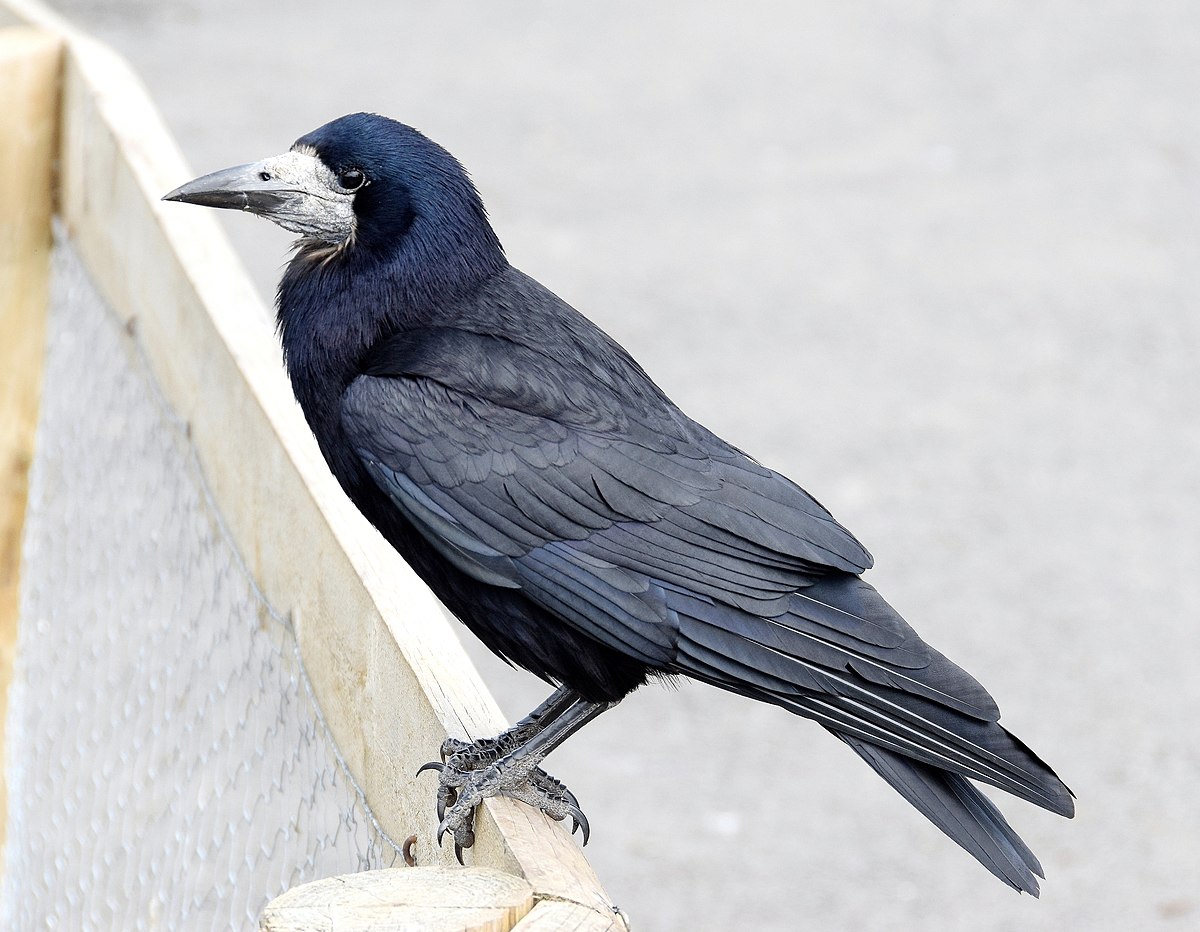
Rook
Corvus frugilegus)
Order:
Family:
Size:
44-46 cm
Weight:
325-571 g
Taxonomy:
C. f. frugilegus (Linnaeus, 1758)
Short Description:
Rook (Corvus frugilegus) is a distinctive member of the crow family, characterized by its glossy black plumage, stout bill, and bare gray-white face. It has a robust build, measuring approximately 45 to 47 centimeters in length, and often appears larger than the average crow. Rooks can be distinguished by their straighter bills and shaggy throat feathers during the breeding season, which create a prominent "beard" effect. They are social birds, often observed in large flocks, particularly during the non-breeding season.
Far far away, behind the word mountains, far from the countries Vokalia and Consonantia, there live the blind texts. Separated they live in Bookmarksgrove right at the coast
Rooks have a limited distribution in Pakistan, primarily inhabiting the northeastern regions of the country, including parts of Punjab and Azad Kashmir. They prefer open agricultural landscapes, grasslands, and mixed deciduous forests, where they forage for food and build their nests. Although less common compared to other corvid species in Pakistan, Rooks can be locally abundant in suitable habitats, especially during the winter months when they may form large communal roosts.
Rooks exhibit a range of fascinating behaviors, including foraging, nesting, and social interactions. They are omnivorous, feeding on a varied diet that includes grains, seeds, insects, small vertebrates, and carrion. Rooks are known for their agricultural associations, often foraging in fields for insects and grains, and sometimes causing crop damage in large numbers. During the breeding season, which typically occurs from March to June, Rooks build nests in tall trees, often in colonies known as rookeries. These colonies can consist of dozens to hundreds of pairs, with individuals engaging in cooperative breeding behaviors such as defending the nest site and feeding the young. Outside of the breeding season, Rooks may form communal roosts in large trees or woodlands, where they gather in the evenings for safety and socialization. Overall, Rooks play an important ecological role in Pakistan’s agricultural landscapes and contribute to the diversity of its avian fauna.
Far far away, behind the word mountains, far from the countries Vokalia and Consonantia, there live the blind texts. Separated they live in Bookmarksgrove right at the coast
About Photographer : Hello World
Facebook
Twitter
Instagram
Flicker
LinkedIn

